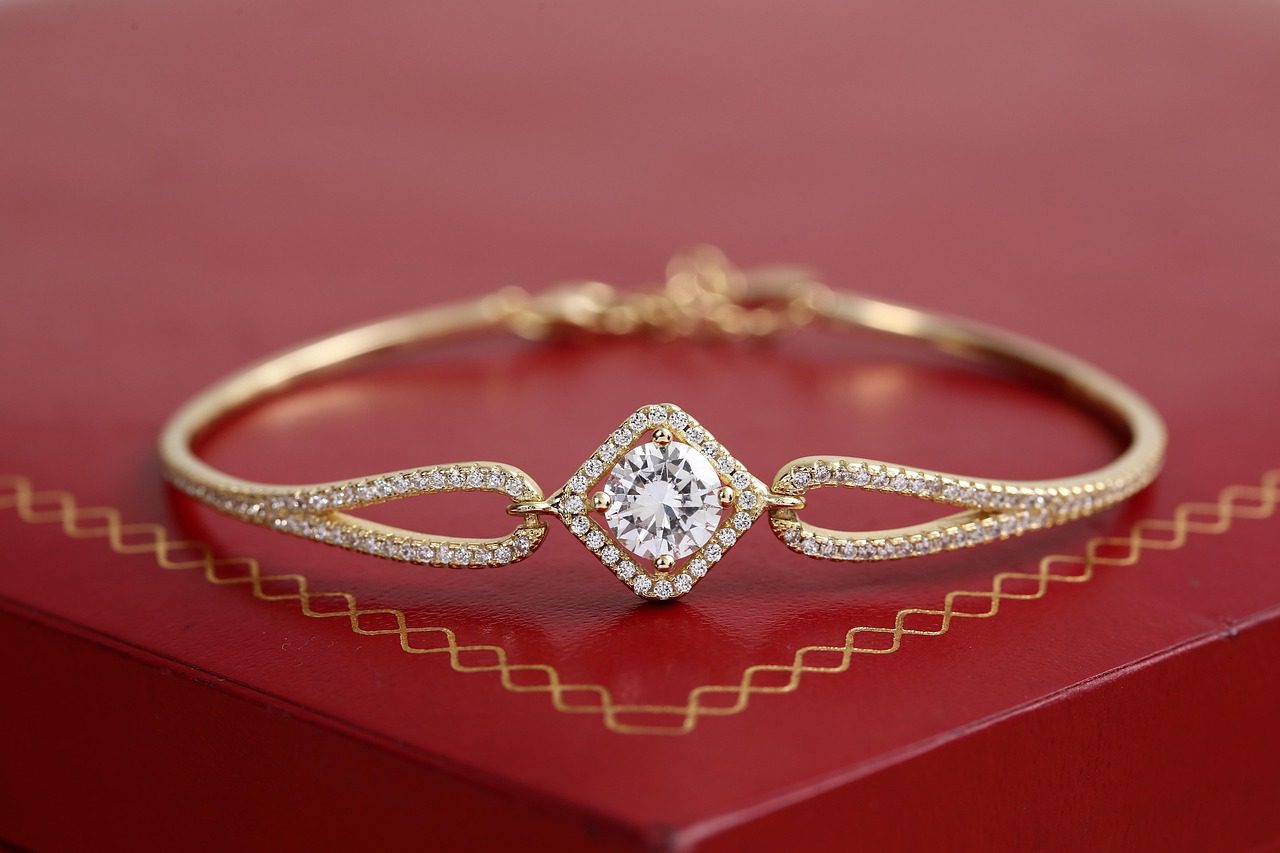Inside the classrooms and benches where skill, design and tradition meet
Learning to make jewelry means entering a world where patience and precision matter more than inspiration alone. A good school teaches not only how to design, but how to think through materials, control a flame, and understand the rhythm of metalwork.
Around the world, a handful of institutions continue to teach the craft at this level, where technical skill and artistry meet. This ranking brings together eight of the most respected jewelry and goldsmith schools, each known for its workshop training, international outlook, and commitment to real craftsmanship.
1. Accademia delle Arti Orafe (AAO) – Rome, Italy
In the heart of Rome, the Accademia delle Arti Orafe has, since 1983, shaped generations of Italian and international goldsmiths and stone setters.
Founded by master craftsman Salvatore Gerardi, the school is entirely built around workshop practice: high jewelry fabrication, engraving, wax modelling, stone setting, and finishing are taught directly at the bench, under the supervision of professional jewelers. Every course is perfectly conceived to lead students from basic hand skills to complex fine-jewelry construction, combining tradition with employability.
Many graduates find work quickly thanks to the school’s connections with ateliers and manufacturers in Italy and beyond. Among European jewelry schools, AAO stands out for the clarity of its method and the consistency of its results, a complete education in the real sense of the craft.
2. North Bennet Street School – Boston, USA
North Bennet Street School in Boston remains one of the most respected names in American craft education. Its two-year jewelry making and repair program is entirely bench-based: students spend their days shaping metal, setting stones, and mastering precision through repetition.
The teaching philosophy is simple and time-honored: the best way to learn is by doing, under the eye of an experienced craftsman.
Founded in 1881, NBSS has retained the quiet discipline of the traditional workshop while adapting to modern tools and materials. Graduates leave with a solid foundation that serves them in both artisanal and professional contexts.
3. Hiko Mizuno College of Jewelry – Tokyo, Japan
In Tokyo, the Hiko Mizuno College of Jewelry offers a comprehensive education that bridges craftsmanship, design, and innovation.
Students learn goldsmithing, stone setting, casting, and design development, all within a culture that values precision and harmony. The school’s curriculum encourages both technical control and creative exploration, supported by Japan’s strong design industry.
Its graduates often go on to work in studios and brands where fine execution is considered an art form in itself. The balance between discipline and individuality is what defines this college, a place where tradition quietly supports innovation.
4. The Goldsmiths’ Centre – London, UK
In London’s Clerkenwell district, The Goldsmiths’ Centre serves as both a training hub and a professional community for jewelers and silversmiths. Founded by the Goldsmiths’ Company, it offers advanced apprenticeships and specialist courses designed to bridge traditional bench skills with contemporary industry practice.
Students and trainees work in fully equipped studios under the guidance of master craftspeople, learning fabrication, setting, engraving, and design for production.
The atmosphere combines the precision of old craftsmanship with the pace of modern manufacturing, making it one of the most respected pathways into the British jewelry trade.
5. Vakschool Schoonhoven – Schoonhoven, Netherlands
The Vakschool Schoonhoven, founded in the nineteenth century in what is often called the “city of silver,” remains the Netherlands’ key training center for jewelers, silversmiths, and watchmakers.
Education here follows a clear, methodical progression, with a strong focus on mastering tools and understanding materials. Classes are small, and much of the learning happens through repetition at the bench, a structure that gives students time to build confidence through practice.
Graduates typically enter independent workshops or continue into specialized fields within Dutch design.
6. Hochschule Trier – Department of Gemstones and Jewellery – Idar-Oberstein, Germany
At Hochschule Trier’s Idar-Oberstein campus, jewelry education meets the science and artistry of gemstones. The department offers Bachelor’s and Master’s degrees that combine design, metalwork, and gem-cutting in the very region historically known for its stone industry.
Students explore not only technique but the conceptual and aesthetic relationships between materials. The atmosphere encourages experimentation while maintaining a disciplined approach to craftsmanship, a distinctive combination that gives Idar-Oberstein its reputation as Germany’s gemstone capital.
7. Pforzheim University – School of Design – Pforzheim, Germany
Located in Germany’s historic “Golden City,” Pforzheim University’s School of Design has a long-standing connection to the country’s jewelry and watchmaking heritage.
The jewelry program combines meticulous technical training with forward-looking design education, encouraging students to understand form, material, and production as one continuous process.
Workshops are equipped for casting, model making, and digital prototyping, allowing students to move fluently between traditional metalwork and modern fabrication. The result is a generation of designers who think with their hands, grounded in technique, but open to innovation.
8. George Brown College – Jewellery Arts Program – Toronto, Canada
Toronto’s George Brown College hosts one of North America’s most respected jewelry arts programs. The curriculum takes students from technical foundations (sawing, filing, soldering, and setting) to full design projects that must meet professional standards.
The rhythm of work is steady and intensive, mirroring the pace of a real studio. Situated in a diverse and dynamic city, the program connects students with Canada’s growing jewelry scene and local workshops, offering a practical route into the profession.



































